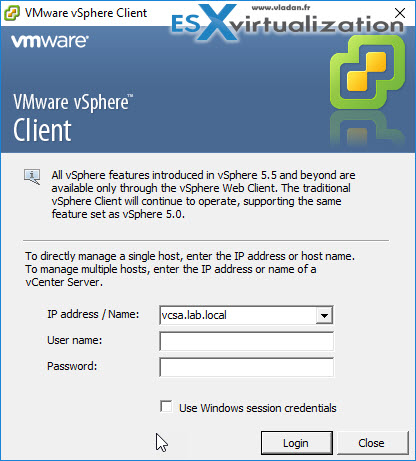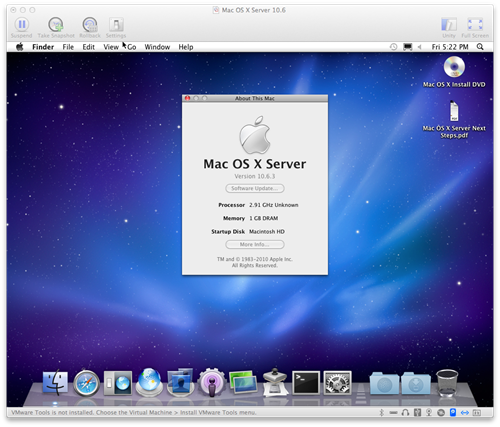

Whether you elect to use a standard virtual switch or a distributed virtual switch will depend on the unique requirements of your environment. That’s a great question, and unfortunately there is no single answer. Which VMware Virtual Switch Is Right for My Environment? The difference here is that you are configuring the single distributed virtual switch on vCenter sever opposed to individual virtual switches on ESXi hosts. Similar to standard vSwitches, distributed vSwitches can be can be managed using the vSphere Client, PowerCLI, or Host Profiles. The great part about this is that the distributed virtual switch configuration is identical on each and every ESXi host by design. The distributed virtual switch is then managed through vCenter server. I remember when distributed virtual switches first came out in vSphere 4, it sort of broke everyone brains, since it was such a massive shift in the way we were used to doing things, so let’s break down our vSphere distributed switch again:Īs you can see, each vmnic is connected to a corresponding dvUplink port on the distributed virtual switch. This way, if something happens to vCenter our virtual machines will not be impacted. Of course, this could be a problem if something happened to vCenter, right?Įach ESXi host has a copy of the distributed virtual switch configuration on it, as you can see with the bright blue switches on each host. The switch configuration itself lives on vCenter server instead of the ESXi host, as you can see. This is a basic image of a distributed virtual switch. What does change is the virtual layer, and the switch within VMware vSphere itself. We still connect the network cards in our ESXi hosts to network switches in a redundant manner. On the physical side of things, there is not much of a difference between a standard virtual switch and a distributed virtual switch. vSphere Distributed Switch / Distributed Virtual Switch / dvSwitch You may have multiple vSwitches on your ESXi host, depending on how you design your virtual network. vmincs always start at 0, so your first physical NIC port will correspond to vmnic0. When we talk about the NIC of an ESXi host, we call them a vmnics, since that is what they are called in ESXi. Network switches are connected to network cards in ESXi hosts, and the NICs in ESXi hosts are connected to the virtual switch in ESXi. There are a couple ways to make this process easier, such as using PowerCLI or Host Profiles. The standard vSwitch resides on the ESXi host, and must be configured individually on each host. There is nothing wrong with using a standard vSwitch, although they can be more difficult to manage than vSphere Distributed Switches. It was the first switch type available in VMware vSphere. This is your basic virtual switch, also known as a vSwitch. vSphere Standard Switch / Standard vSwitch / vSwitch Let’s take a look at each virtual switch and its characteristics.
#Vwware vsphere for mac plus#
vSphere Distributed Switch (Requires vSphere Enterprise Plus licencing).There are two types of switches, although you may hear them referred to a few different names each. The virtual switch in ESXi is the way to provide connectivity, redundancy, and load balancing to our ESXi hosts when it comes to the network layer.

Think of the virtual switch on the ESXi host as any other switch you may have encountered before. Within each of these categories there are a number of things to consider.

Forged transmits VMware Security Policy.
#Vwware vsphere for mac mac#


 0 kommentar(er)
0 kommentar(er)
